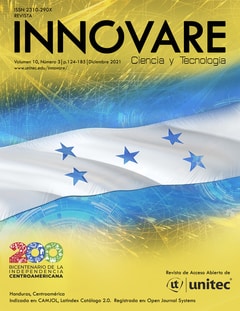A guide for the design and evaluation of continuing medical education
DOI:
https://doi.org/10.5377/innovare.v10i3.12985Keywords:
Competency-based education, Continuous Medical Education, Miller´s PyramidAbstract
Introduction. Continuing Medical Education (CME) consists of a set of activities that allow professionals to update the clinical competencies and improve their performance. However, its methodology requires an updating process to design activities that develop new competencies in doctors that have concluded an undergraduate or postgraduate training. Methods. A literature review was conducted to create a practical methodological guide for all institutions and associations facilitating continuing medical education activities in Honduras. The review involved the search of articles and scientific studies on PubMed, The Lancet, SciELO using keywords like medical education, continuing medical education, and medical competencies. The search was limited to articles in Spanish and English published between 2011 and November 2021, except for one article due to the relevance to the subject. Discussion. We defined three stages for the design, development, and evaluation of CME activities. These three stages (pre-event, event, post-event) were based on Miller's Pyramid, which describes the process to develop and evaluate competencies in medical education. Conclusion. This guide illustrates the necessary steps to effectively plan, through different stages, CME activities in order to achieve the desired academic impact. It can also be used by different academic institutions, health services, and medical societies to effectively design their ongoing academic programs for medical personnel.
Downloads
681
Downloads
Published
How to Cite
Issue
Section
License
Copyright (c) 2021 Jhiamluka Zservando Solano Velásquez, Meihmy Chang Montes, Victoria A. Cruz Girón, Óscar Ramírez

This work is licensed under a Creative Commons Attribution-NonCommercial-NoDerivatives 4.0 International License.




